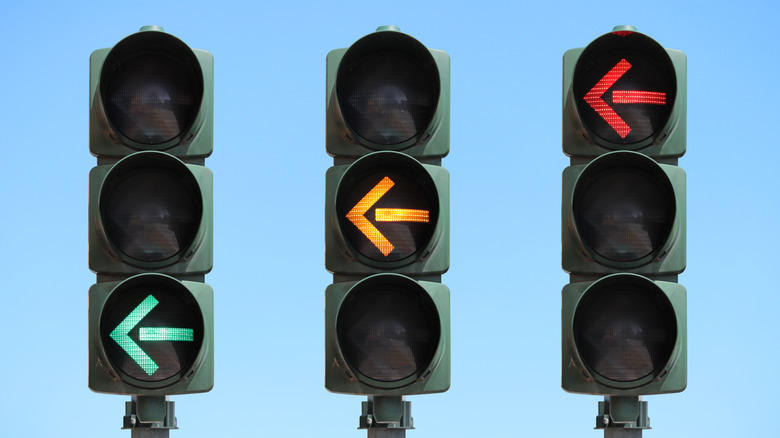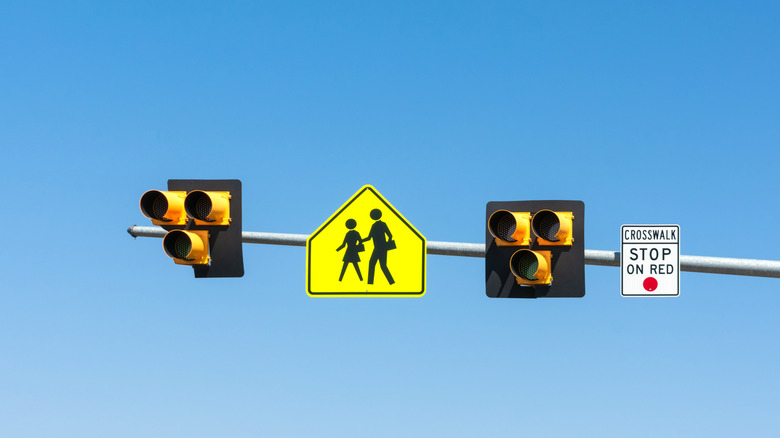New Traffic Signals In Massachusetts Cause So Much Confusion, 25% Of Drivers Are Running Red Lights
Your average driver might like to bemoan them, but traffic lights play an integral part in not only controlling traffic patterns in urban and suburban areas, but also helping to keep drivers and pedestrians safe when they're traversing the roadways. Some might even argue traffic lights are just as life-saving as seat belts or the anti-lock braking system in cars that helps you maintain control of a vehicle in risky conditions.
However you feel about traffic signals, we might all agree that they can, on occasion, be confusing. That is particularly true whenever new traffic signals are introduced into the mix, as drivers can sometimes struggle to understand their intent. That would seem to be the case in the state of Massachusetts, where some newly added traffic signals are proving to be quite confusing to travelers. According to a recent study undertaken at the University of Massachusetts Amherst, some 25% of drivers are not stopping when the light turns red.
No, it is not the traditional three-colored traffic signals that are confusing drivers. Rather, the culprits are a slate of newly installed pedestrian hybrid beacons throughout the state. Those lights are designed to help keep pedestrians safe when crossing the street. Given their purpose, you can understand how troubling it is that one in four drivers on the road seem to be charging right through them.
What exactly are pedestrian hybrid beacons?
Ultimately, the multi-faceted nature of the signals may be why Massachusetts drivers are having issues. These signs tend to stretch over intersections that see heavy walking and biking traffic. The signals themselves are usually triggered manually by those very travelers. Until they are, the signals — which typically feature two postings of three light clusters situated in a triangular fashion — remain completely unlit.
When those lights are dark, drivers are free to completely ignore the beacons and drive right through. When the signal is triggered, however, the bottom light will begin to flash yellow. That color has long-been used as a yielding measure in traffic signals, and its intent is the same here, urging drivers to slow down. When the light stays yellow, it means drivers should be prepared to stop. Next up, the two lights on top turn solid red. And yes, red means stop here as it does with every traffic signal.
At this point, pedestrians should be safely moving through the intersection. It's the next step that may be the most confusing, as the red light eventually begins blinking. This is a signal that drivers may proceed through the intersection with caution, but one has to wonder if that 25% might not be confusing the reds and just driving right through. Whatever the case, some extra driver education is clearly in order when it comes to pedestrian hybrid beacons — assuming, of course, that the issue isn't merely drivers' general lack of patience when it comes to red lights.

